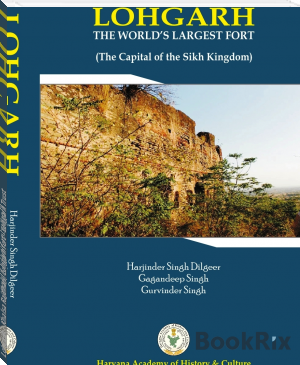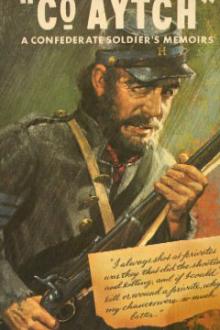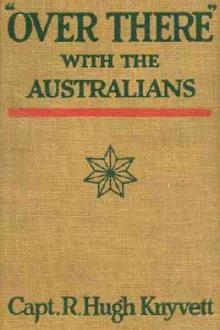Lohgarh - Khalsa Rajdhani, Lohgarh fort - Lohgarh Trust by S. Daljeet Singh Bajwa (books that read to you .TXT) 📕

- Author: S. Daljeet Singh Bajwa
Book online «Lohgarh - Khalsa Rajdhani, Lohgarh fort - Lohgarh Trust by S. Daljeet Singh Bajwa (books that read to you .TXT) 📕». Author S. Daljeet Singh Bajwa
First time in the history of human race the Lohgarh Fort Sikh State Capital. If you wish to read Books on Sikh History in Punjabi and other language or wish to view Books on Lohgarh – World’s Largest Fort – and its history, you can visit to know more.
Free e-book «Lohgarh - Khalsa Rajdhani, Lohgarh fort - Lohgarh Trust by S. Daljeet Singh Bajwa (books that read to you .TXT) 📕» - read online now
Similar e-books:





Comments (0)